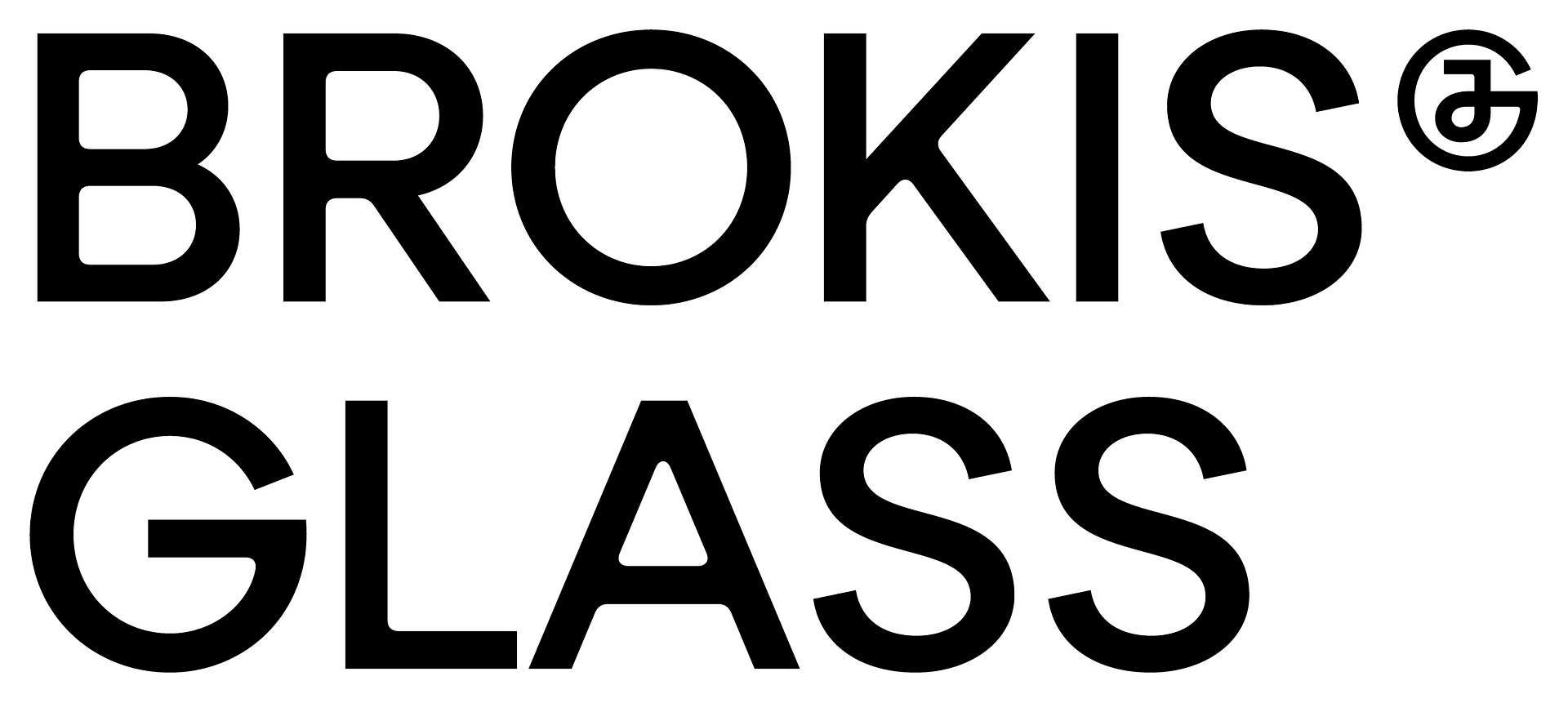A symbiosis of nature
and humankind
Brokisglass is a product of the ecological manufacturing practices of Janštejn Glassworks and BROKIS, whose close collaboration has given rise to a unique new material made of glass shards. Brokisglass adds an exciting new dimension and aesthetic to glass.
Made from shards of glass discarded during the manufacture of Brokis handblown glass lighting collections, Brokisglass has brought about a significant reduction in waste material. The transformation of these shards into a new decorative product represents an environmentally friendly and efficient upcycling of material, thanks to which the glassworks is able to employ a strategic circular economy and thus contribute to the creation of a healthy relationship between nature and humans.
Development
In the manufacture of lighting glass, which Janštejn Glassworks specializes in, one third of each handblown piece is discarded. This valuable material resource (glass shards) is typically seen as waste. The development of Brokisglass was driven by a need to change the perception of these glass shards as waste, which previously was hauled to a landfill and thus burdened the planet and had a negative impact on the environmental landscape.
The story of Brokisglass begins in 2010, when Janštejn Glassworks recognized waste shards as a material resource well suited to transformation into a new product and began sorting it by colour and storing it. Initially, the glassworks collaborated on the development of the new product with the secondary glassblowing school in Valašské Meziříčí. The collaboration led to successful materials testing, after which the glassworks decided to invest in a new fusing furnace (2014).
After nearly three years of developing the material, which is produced by fusing shards of glass in a stationary furnace, Janštejn Glassworks teamed up with leading experts to create a conceptual design for a continuous furnace that could process the material more efficiently. The new furnace was built and put into operation in 2017. With a six-month testing period, production was optimized to process up to ten tons of waste material per week in double-shift operation.

Colours & Finishes
The colour options for Brokisglass are based on the production of the glassworks. We offer 14 basic colours in two face finishes divided into four categories.



